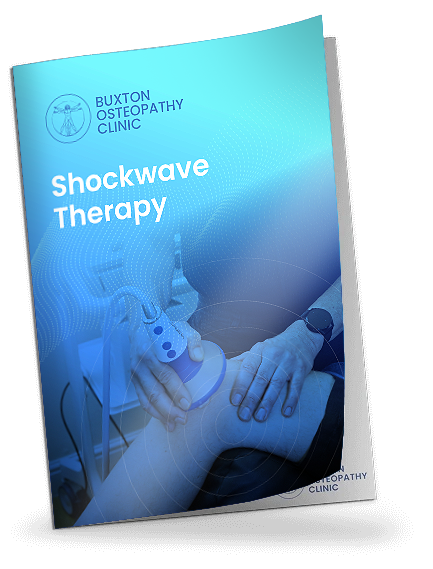One of the most common presentations we see as specialists in musculoskeletal pain is lower back pain resulting from lifting. This may be moving furniture at home or doing a job in the garden or related to materials handling at work. Lift safely and lifting technique matters.
How Osteopathy Can Help After a Lifting Injury
Lifting injuries are among the most common causes of lower back pain and muscle strain, especially for people who lift regularly at work or during exercise. When a lift is performed with poor technique — bending from the waist, twisting, or jerking a load — the muscles, joints, and ligaments of the spine can become overstressed. The result is often sharp pain, stiffness, or restricted movement that can linger for weeks if not properly treated.
At Buxton & Bakewell Osteopathy Clinic, we specialise in diagnosing and treating lifting-related back injuries using a combination of hands-on techniques and advanced technology. Our osteopaths perform a thorough assessment to identify which structures have been strained — whether it’s the spinal joints, intervertebral discs, or supporting muscles — and then develop a personalised treatment plan.
Treatment may include gentle joint mobilisation, soft tissue therapy, and rehabilitation exercises to restore movement and strength. We also offer cutting-edge solutions such as IDD Therapy for disc-related pain and Shockwave Therapy to promote faster healing of chronic soft tissue injuries.
Beyond treatment, our osteopaths focus on education and prevention. We’ll analyse your lifting posture, show you safe movement patterns, and help strengthen your core and supporting muscles to reduce the risk of re-injury.
By combining clinical expertise with the latest technology, Buxton & Bakewell Osteopathy Clinic helps patients recover quickly, prevent future strain, and return to full function with confidence. Whether you’ve hurt your back at work, in the gym, or at home, our goal is to get you moving again — safely and pain-free.
How to Lift Safely and the Importance of Reach Distance

Reach distance is critical as the further you reach from your body the more unstable your lower back becomes. The lower back essentially acts as a focus point to attenuate both the weight of your own upper body (two thirds of your body weight) and also the weight of the object that you are attempting to lift. This is further amplified as your reach distance increases and particularly if you lift while twisting at the same time. This results in asymmetry and can focus the force of lifting on one specific side of lower back causing further trauma.

Lifting, if possible, does require some basic planning in order to minimise risk of injury. It is important that you can obviously reach whatever you need to lift without any obstruction (this includes anything that could make you slip like cardboard or paper). Remember that it is better to avoid twisting or leaning back while lifting as well as this will put more emphasis on one side of the lower back and increase risk of injury.
It is better to bend the hips and knees (in a squat lift) rather than specifically flex/bend your upper body forwards (stoop lift) in preparing to lift. This is significant as this also recruits your leg muscles and helps to redistribute the load away from the lower back anatomy.

The best-case scenario is to keep an object as close to your waist as possible as the vertebra and back muscles will be in a much more stable position. Also bear in mind that it is best to keep the heaviest side of the load next to your body. Lift in a careful and controlled way and do not snatch or jerk as this makes it harder for the body to compensate.
Lower back pain and lifting injuries can have a serious impact on your quality of life — limiting movement, sleep, and the ability to work or stay active. The good news is that with the right care, most lifting-related injuries respond exceptionally well to osteopathic treatment.
At Buxton & Bakewell Osteopathy Clinic, we take a comprehensive, evidence-based approach to back pain recovery. By combining skilled hands-on osteopathic care with innovative treatments such as IDD Therapy and Focused Shockwave Therapy, we provide fast, effective, and lasting relief for patients throughout Buxton, Bakewell, and the wider Derbyshire area.
Our goal is not just to ease pain, but to restore confidence and movement — helping you understand your body, lift safely, and prevent future problems. Whether your injury is recent or long-standing, our experienced osteopaths will guide you back to strength, mobility, and comfort.






